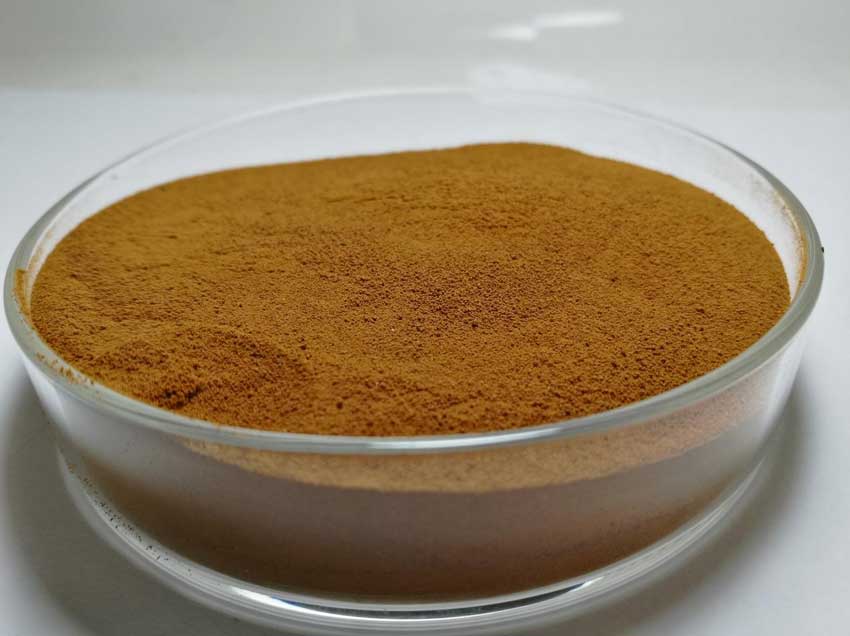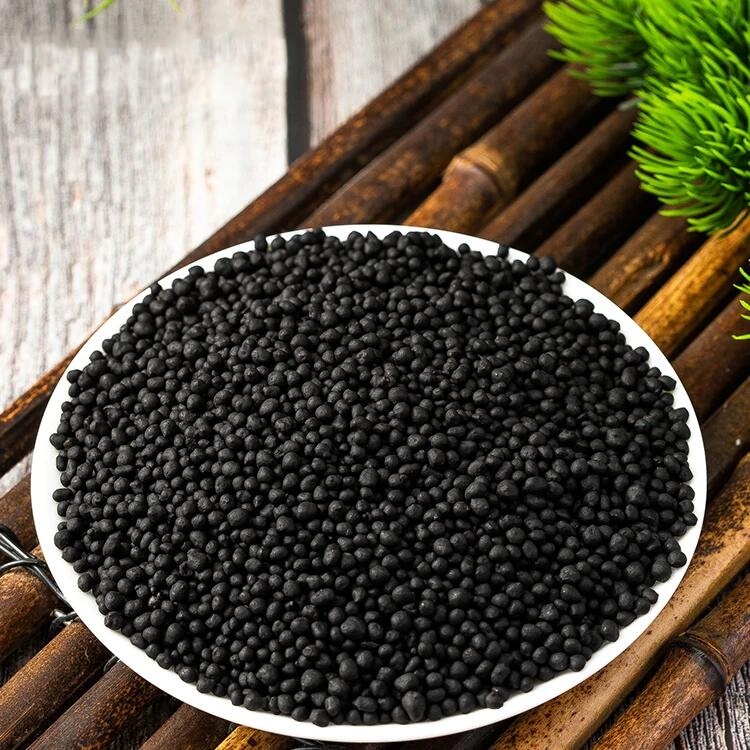Common potassium humate on the market is generally divided into two types – mineral potassium humate and biochemical potassium humate. There are many differences between these two types of potassium humate.
Different sources
Mineral humic acid is extracted from minerals such as weathered coal and peat, while biochemical humic acid is extracted from food residues, honey and straw. The difference between the two potassium humates can be seen from the extraction source, which also affects their efficacy and function.
Different physical properties
Mineral potassium humate has a black appearance and smells tasteless, while biochemical potassium humate is mainly brown and brown-yellow in color, and it emits a sour or coffee smell, which is the most obvious sign to distinguish mineral potassium humate from biochemical potassium humate.
Different ingredients
Due to the different sources of mineral potassium humate and biochemical potassium humate, their ingredients are also different.
Among them, the main components of mineral potassium humate are fatty acids, phenolic acids, benzene polycarboxylic acids and other functional groups, which have a relatively high utilization rate and are relatively stable during use.
The main components of biochemical potassium humate are relatively complex, including fatty acids, phenolic acids, cellulose, sugars, tannins, lignin, etc., and are easily affected by fermentation time and raw materials. That is to say, even if it is the same biochemical potassium humate, its effective ingredients may be different and it is unstable during use.



